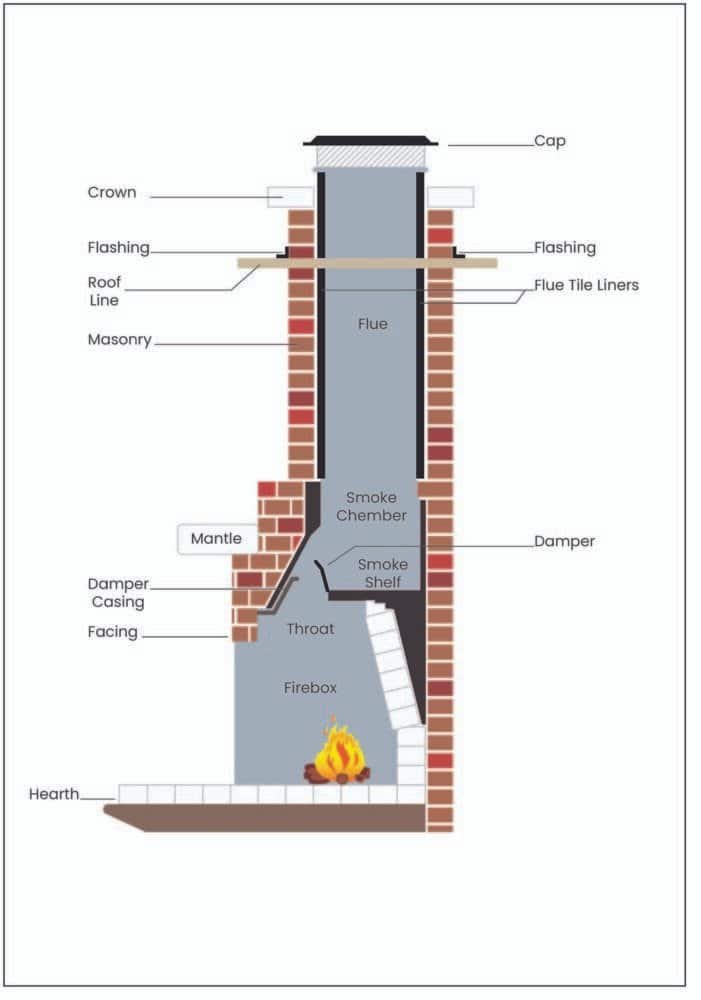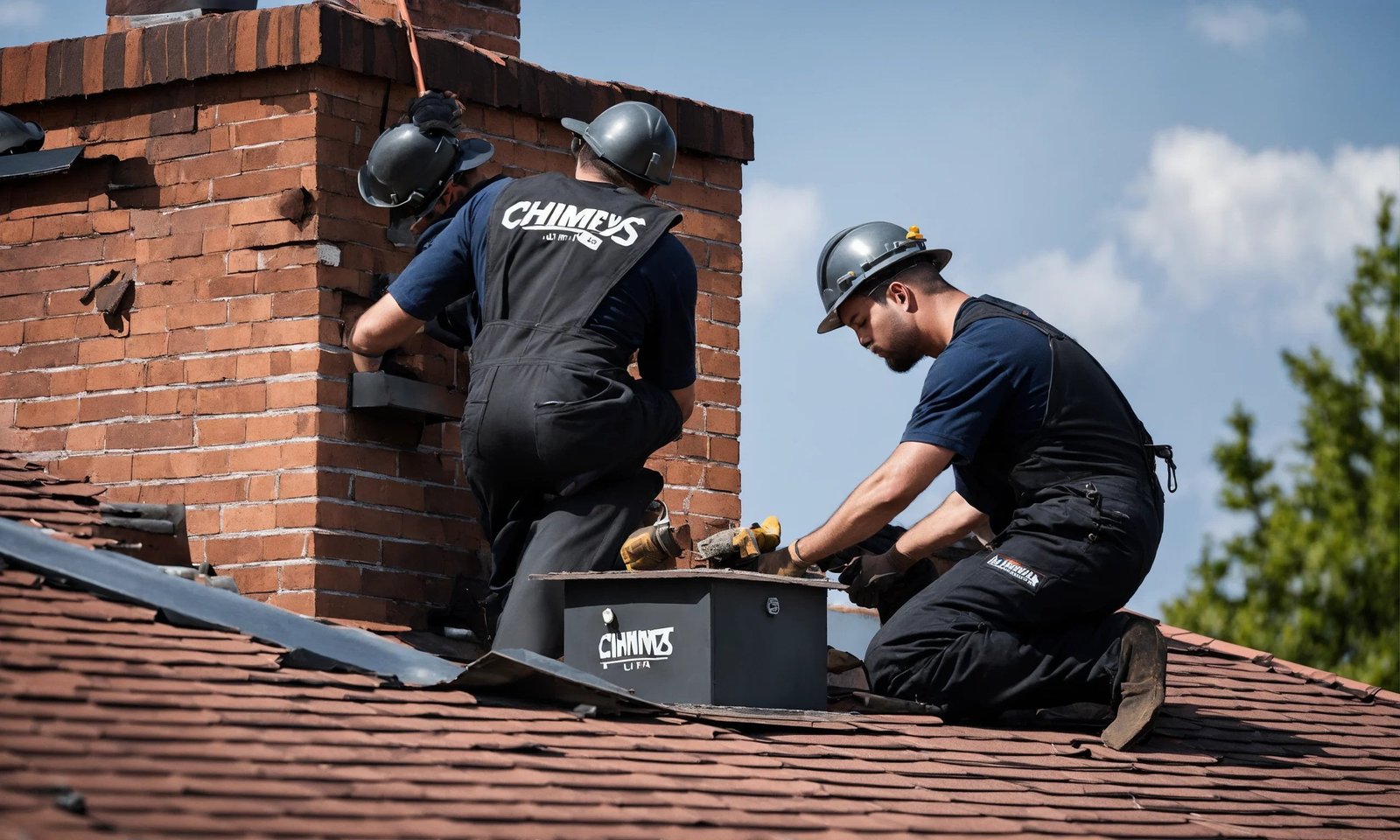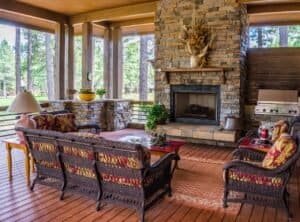Several vital components make up your chimney, collectively playing a crucial role in maintaining a safe and comfortable environment within your home, particularly during the colder months. Three key parts of your chimney are the caps, dampers, and liners.
Understanding how these components work together is essential for maintaining chimney health and avoiding costly repairs.
In this post, we’ll take a closer look at each of these pieces and offer tips for maintenance to ensure your chimney functions at its best.

1. Caps:
A chimney cap is a metal cover that sits on top of the chimney flue. Its main purpose is to keep weather elements, debris, and animals from entering the chimney.
The chimney cap features vents that facilitate the circulation of air into the chimney and outward through the sides. This helps to prevent condensation and moisture buildup when the furnace or fireplace is not in use.
Chimney caps come in different sizes and designs, and the type of cap you choose will vary depending on the type of chimney you have.
1.2. Maintenance tips for caps:
Exposure to harsh weather elements can lead to damage over time for chimney caps.
It’s important to inspect the cap regularly for any signs of wear and tear. Ensure that the cap remains in its proper position and that the vents are unobstructed.
If any cracks or damages are detected, replace the cap promptly to safeguard your chimney from potential water ingress.
2. Dampers:
A chimney damper is a metal plate located inside the chimney flue that regulates airflow into the chimney.
Dampers help to improve the efficiency of your fireplace by preventing heated air from escaping out the chimney when the fireplace is not in use.
Dampers can be opened or closed manually or automatically, depending on the type of damper you have.
2.1. Maintenance tips for dampers:
Check the damper regularly to ensure that it is opening and closing correctly. If the damper is stuck or difficult to move, it may need lubrication.
If you have a traditional damper, consider upgrading to a top-sealing damper, which can provide better insulation and keep debris out of your chimney.
3. Liners:
A chimney liner is a protective layer that lines the inside of your chimney. Its primary purpose is to protect the chimney walls from heat and corrosive materials.
Liners can be made from clay tiles, metal, or a cast-in-place material. Most chimney liners require professional installation because they must be the correct size and type for the chimney.
3.1. Maintenance tips for liners:
Inspect the liner periodically to ensure that it is in good condition.
If you notice any cracks, damage, or a buildup of creosote, it is essential to have a professional inspect and repair your chimney.
Creosote buildup can be dangerous and can lead to chimney fires.
Conclusion
Understanding the key components of your chimney is crucial for keeping your home safe and in good working order.
By regularly inspecting and maintaining your caps, dampers, and liners, you can help prevent costly repairs and ensure that your chimney functions correctly.
Remember to always seek the advice of a professional if you notice any issues with your chimney.
By taking care of your chimney, you can enjoy cozy moments by the fire for years to come.



